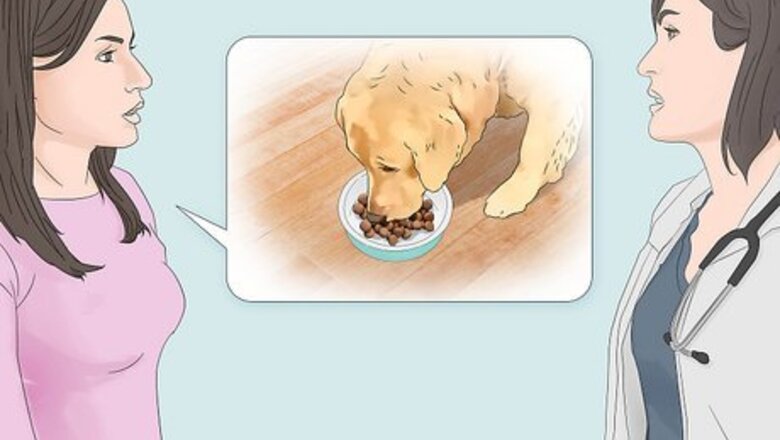
views
X
Research source
It can lead to many health complications, such as skin problems, orthopedic problems, and cancer.[2]
X
Research source
Labrador retrievers are, unfortunately, genetically prone to obesity.[3]
X
Research source
If your vet diagnosed obesity in your Lab, it will be very important for it to lose weight. You can treat your Lab’s obesity by changing its diet and increasing its physical activity.
Changing Your Lab’s Diet
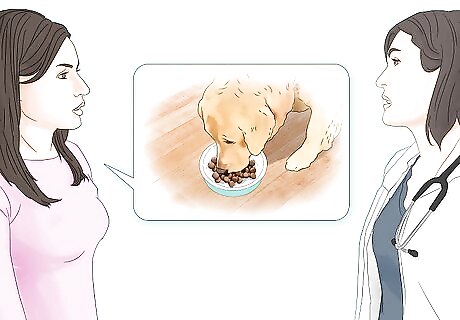
Tell your vet about your Lab’s current diet. Eating too much is the main reason why dogs gain weight. Reducing your Lab’s caloric intake will help treat its obesity. Before changing anything about your Lab’s diet, though, talk with your vet. Knowing your Lab’s current diet (quantity eaten, treats, human food, supplements) will give your vet a starting point for making necessary dietary changes.
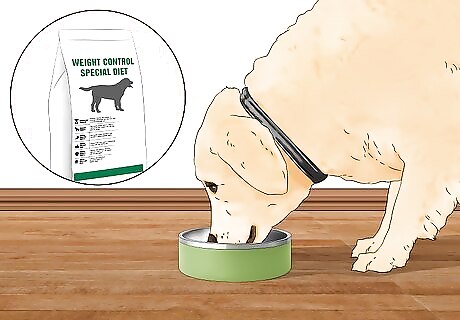
Feed your Lab a weight loss food. It may be tempting to simply reduce the quantity of what you already feed your Lab. However, doing this will reduce your Lab’s nutrient intake, possibly leading to nutrient deficiencies. Instead, feed your Lab a specially-formulated weight loss food. Below is some additional information about weight loss foods: The labels on over-the-counter (OTC) weight loss foods (“less active,” “weight control”) are not associated with specific nutritional standards and can be misleading. Therefore, you should purchase a prescription weight loss food through your vet. Prescription weight loss foods tend to contain more protein, vitamins, and minerals than OTC foods, decreasing the risk of nutrient deficiencies. Some weight loss foods are not very calorie-dense, meaning you can continue feeding about the same volume of food to your Lab without increasing its caloric intake.
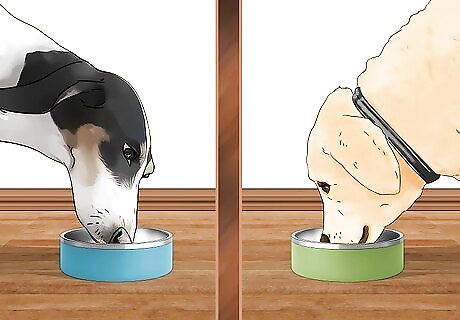
Serve your Lab its meals by itself. Labrador retrievers are known to eat enormous amounts of food. No matter how much you feed a Lab, it will always want more. If you have other pets, feed your Lab by itself so it’s not tempted to eat another pet’s food. If you have children, do not feed them when your Lab is around. It may beg for your children’s food, and succeed in getting it. Also, supervise your children if they feed your Lab; they may feed it too much and not realize it. Measure your Lab’s food with a measuring cup to ensure you're feeding your Lab the right amount of food.
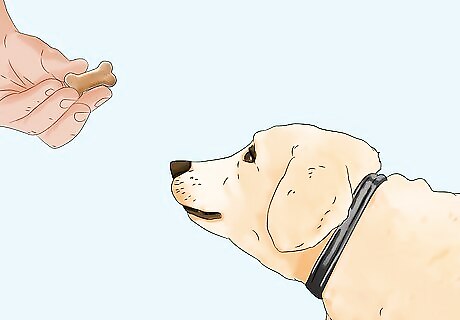
Allow your Lab to have some treats. Although your Lab now needs to eat fewer calories, you do not have to cut treats completely out of its diet. Instead, you can feed the occasional healthy treat, such as apple slices, unbuttered popcorn, and bits of bananas. Ask your vet about healthy and appropriate treats before feeding them to your Lab. Be aware that table scraps should not be a treat. They are usually high in sugar and fat.

Maintain a consistent feeding regimen. It won’t be enough to simply feed the new weight loss food. Keep a consistent meal time and feed the same amount at each meal time. The more consistent you are with feeding the new food, the more likely your obese Lab will lose weight.
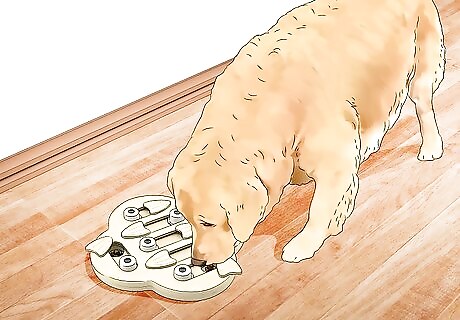
Address dietary challenges. Your Lab probably won’t be as excited as you are about the dietary changes. Below are some common problems and solutions regarding these changes: Begging or looking hungry more often: put the food in a food puzzle toy or distract your Lab with a fun activity (playing, petting) Raiding the trash for more food: give your Lab more toys to play with Refusing the new food: switch to the new food over at least one week (gradually increase the mix of new vs old food); use healthy treats to make the new food look more enticing
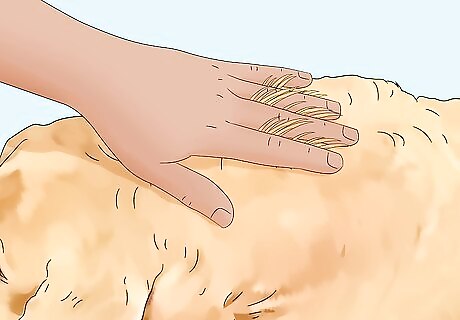
Monitor your Lab’s overall condition. Sometimes, a dietary change can affect a dog’s appearance and activity level. For example, the diet can change the quality of a dog’s coat. If your Lab’s coat starts looking less healthy (not as shiny), or if your Lab seems more tired, tell your vet about these changes. Your vet may recommend trying a new weight loss food.
Exercising Your Lab
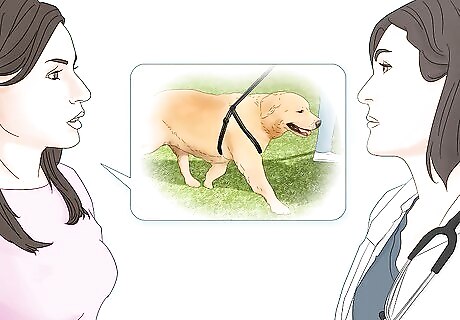
Talk with your vet about your Lab’s exercise abilities. Exercise is the other component to treating your Lab’s obesity. It will help your Lab burn extra calories. Before ramping up your Lab’s exercise routine, talk with your vet about how much exercise your Lab can handle. To help you come up with an exercise plan, your vet will consider factors like physical limitations (arthritis, injury), other illnesses, and your ability to exercise with your Lab. If exercising with your Lab will be a challenge for you, consider hiring a dog walker or pet sitter that can spend time with your Lab.
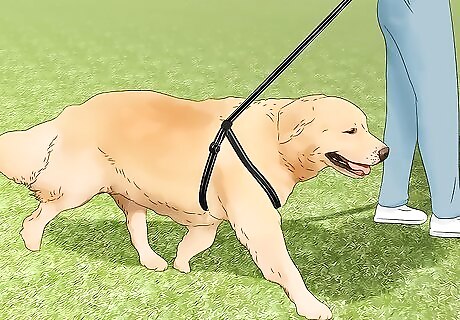
Start the new exercise regimen slowly. You may be excited about increasing your Lab's exercise, but it’s important to start gradually. Obesity can make exercise very difficult for dogs, since the extra weight makes moving around a challenge. Instead, start with short, low- to moderate-intensity exercises, like a leisurely walk. To begin the exercise regimen, take your Lab for 5-minute walks a few times a day. When your Lab can handle these walks, gradually increase the time so you can spend 30 to 45 minutes walking with your Lab each day. High-impact exercises, like playing fetch or going for a run, are great for dogs. However, it will probably be better for you to focus on less intense exercises until your Lab reaches its ideal weight.
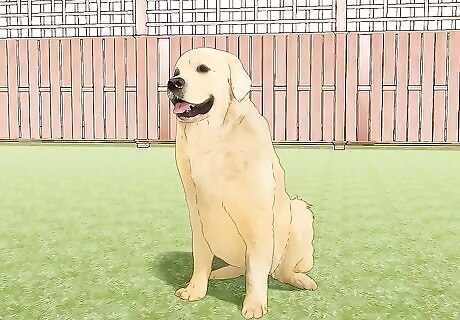
Watch your Lab’s breathing during exercise. Overweight dogs usually breathe heavily during exercise, since they’re not in very good shape. When you walk with your Lab (or do other exercises), pay attention to how it’s breathing. If it starts breathing heavily, cut the exercise session short. Allow your Lab to rest and regain its breath.
Monitoring and Maintaining the Weight Loss
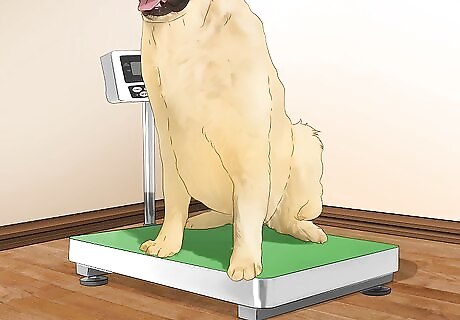
Weigh your Lab regularly. When your vet first determined that your Lab was obese, they likely recommended an ideal weight for it. To assess your Lab’s weight loss progress, weigh your Lab every two to three weeks. If weighing your Lab at home is not convenient, take it to your vet’s office for regular weigh ins. A healthy weight loss rate for dogs is one to two percent of body weight per week. If your Lab is not losing weight at that rate, or not losing weight at all, talk with your vet about adjusting your Lab’s diet or exercise regimen.
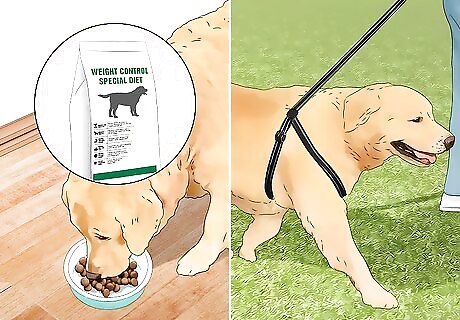
Maintain the weight loss. When your Lab is no longer obese, pat yourself on the back! Don’t celebrate for too long, though—it will still take work to make sure your Lab doesn’t put the weight back on. With your Lab at its ideal weight, maintaining the weight loss will be important. Some dogs can continue eating as they did while on the weight loss program. Other dogs, though, may have to eat less after reaching their ideal weight. This is because their metabolism (rate of burning calories) may have slowed down while losing weight. Continue to exercise with your Lab.
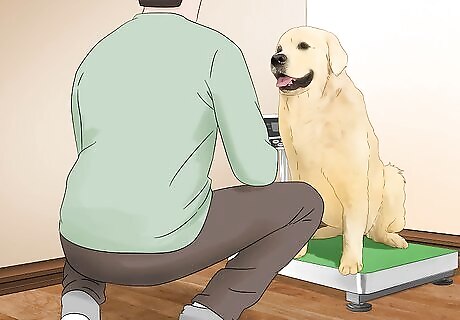
Be patient. Successfully treating your Lab’s obesity will not happen overnight. It may be a number of months before your Lab achieves its ideal weight. Do not lose patience with the process or your Lab, though. The effort to treat your Lab’s obesity will pay off when your Lab becomes healthy and active again.











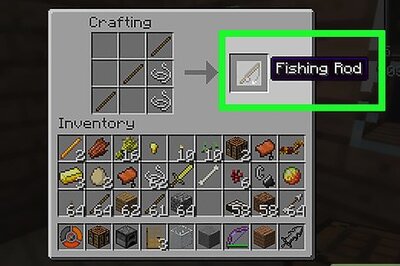

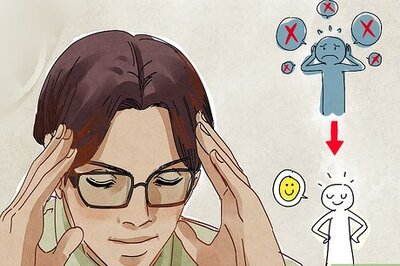





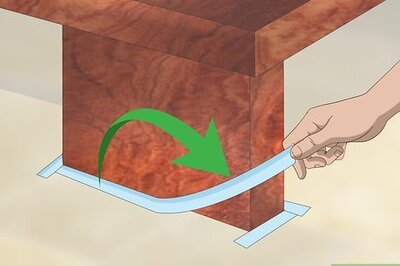
Comments
0 comment